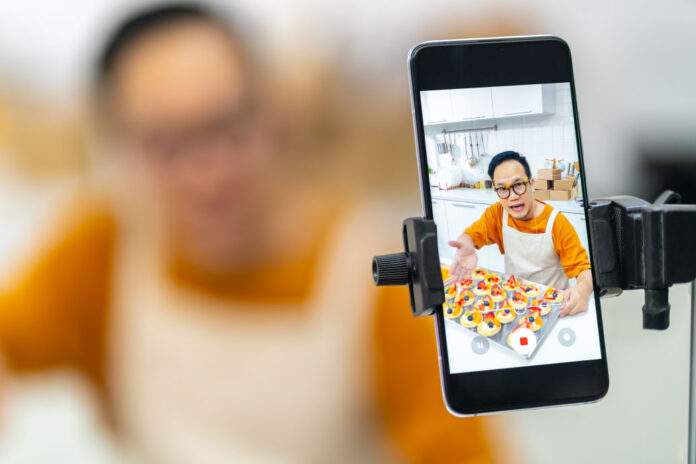The Business to Business (B2B) market, which refers to commercial transactions between companies, plays an important role in the national economy. It is estimated to move R$2.4 trillion in Brazil, according to the Business-to-Business Online index measured by E-Consulting.
However, only 2.5% of these transactions are conducted via e-commerce—amounting to R$61 billion—indicating a huge growth potential for strategies that enhance this experience in the virtual environment.
One such strategy is the adoption of digital tools like live commerce, which has already transformed the B2C sector (sales of products or services to end consumers) and now promises to revolutionize business-to-business sales by optimizing interactions and establishing more meaningful connections.
Live commerce is a powerful tool for product presentations, allowing companies not only to showcase items in real-time but also to answer questions, demonstrate practical uses, and generate engagement in an interactive and dynamic manner. This approach, being more engaging and personalized, increases conversion rates. Additionally, by incorporating live communication elements like chats, live commerce strengthens the bond between brands and consumers, fostering trust.
‘Trust is undoubtedly one of the central issues that live commerce addresses,’ emphasizes Victor Okuma, Country Manager of Indigitall, a company specializing in omnichannel platforms. This is because, as he explains, B2B transactions often involve larger volumes, more complex negotiations, and longer sales cycles, in addition to prioritizing long-term strategic partnerships. In this scenario, trust becomes an essential pillar for successful negotiations. ‘Live commerce brings transparency to the process, enhancing companies’ credibility and making negotiations and sales faster, more efficient, and secure. In an increasingly digital environment where face-to-face communication is rare, this tool makes a huge difference,’ he highlights.
Moreover, this business model adapts to new digital trends, with the growth of business e-commerce platforms and technological solutions that facilitate integration between companies. It is estimated that at least 65% of companies used Artificial Intelligence in 2024, according to a study by Intelligenzia.
‘Digital transformation allows for greater personalization and automation of processes, resulting in a more efficient experience for both suppliers and buyers,’ the executive adds.
This scenario reinforces the importance of visual and interactive resources in the digital environment. According to data from Brightcove, presented in the study ‘B2B Video Marketing: The Power Of Video In The B2B Buyer’s Journey,’ 95% of buyers report that video played a significant role in their purchasing journey.
Victor Okuma emphasizes that for a successful live commerce strategy, it is essential to integrate other technologies focused on attracting and retaining audiences, as well as closing sales. ‘Before, during, and after live sessions, omnichannel strategies are crucial, with messages that reach the audience across different channels in an integrated manner. For example, you can send notifications to guests’ phones before each live session and, during the session, send reminders about promotions, say, via WhatsApp, to boost conversion. All of this can be automated using artificial intelligence,’ he explains.
According to Guilherme Pimenta, Head of New Business and Innovation at Netshowme—a company specializing in streaming solutions for managing, distributing, and monetizing content—omnichannel in the purchasing process is a decisive factor for a company’s live sales. ‘A well-structured live session, complemented by pre- and post-live strategies using various communication tools, can increase conversion rates by over 20%,’ he states.
‘We’ve talked about WhatsApp and notifications, but it’s possible to go further by integrating all this live commerce communication with digital social networks. This allows for the creation of real communities where companies can reach specific niches they wouldn’t otherwise target. As a result, they sell more,’ concludes Guilherme.


